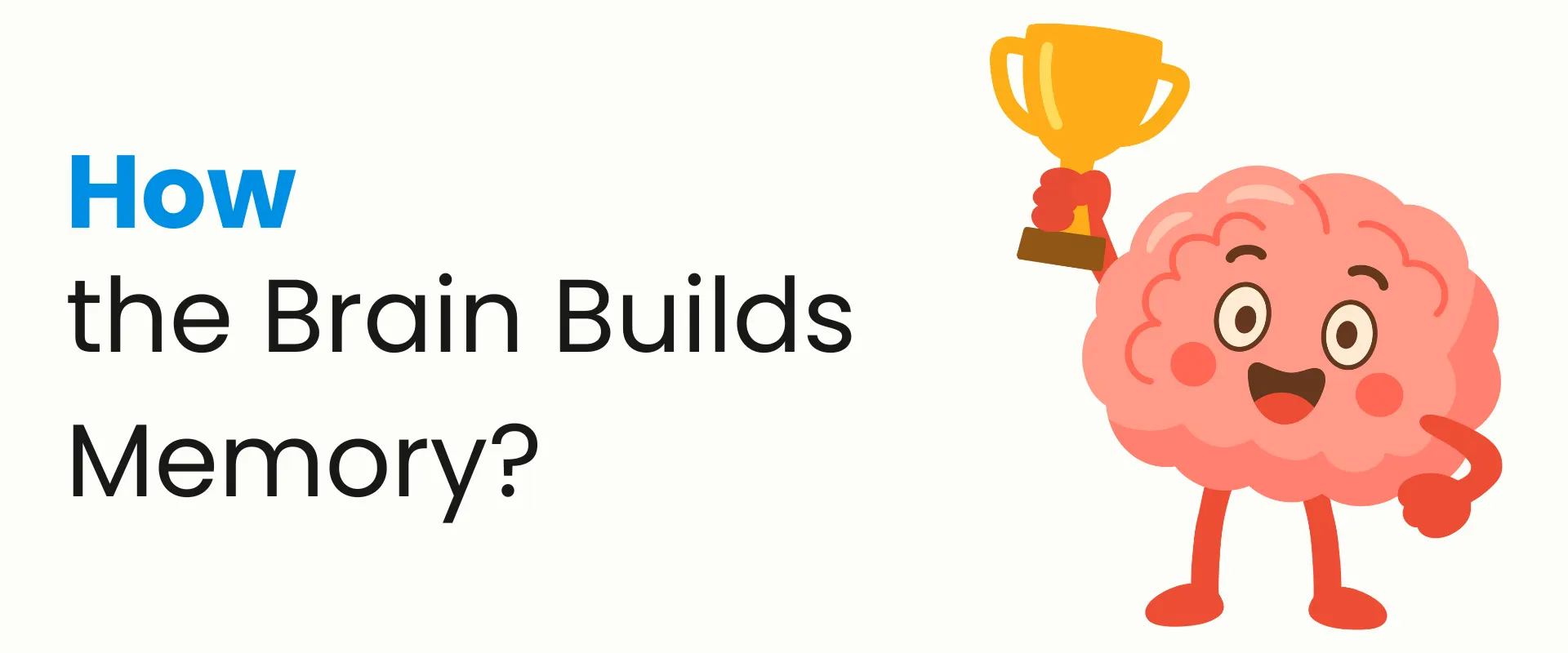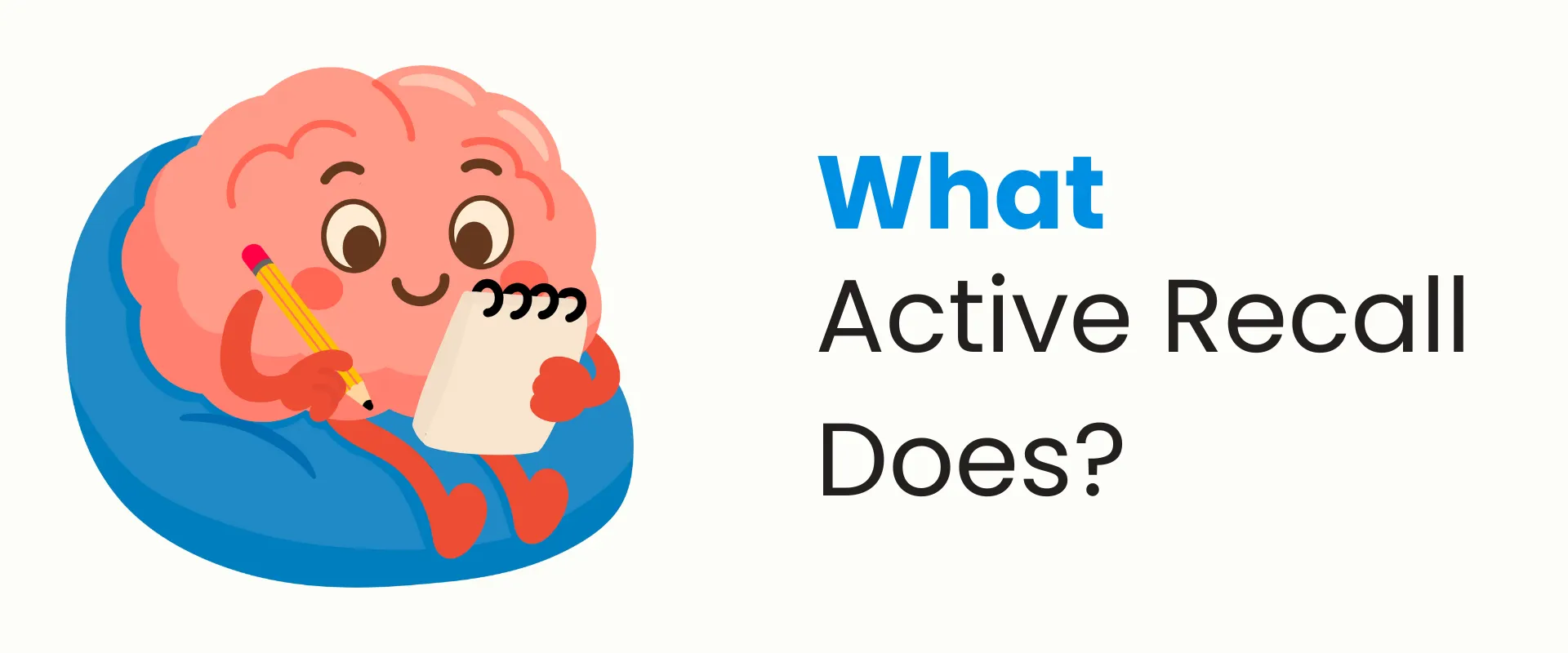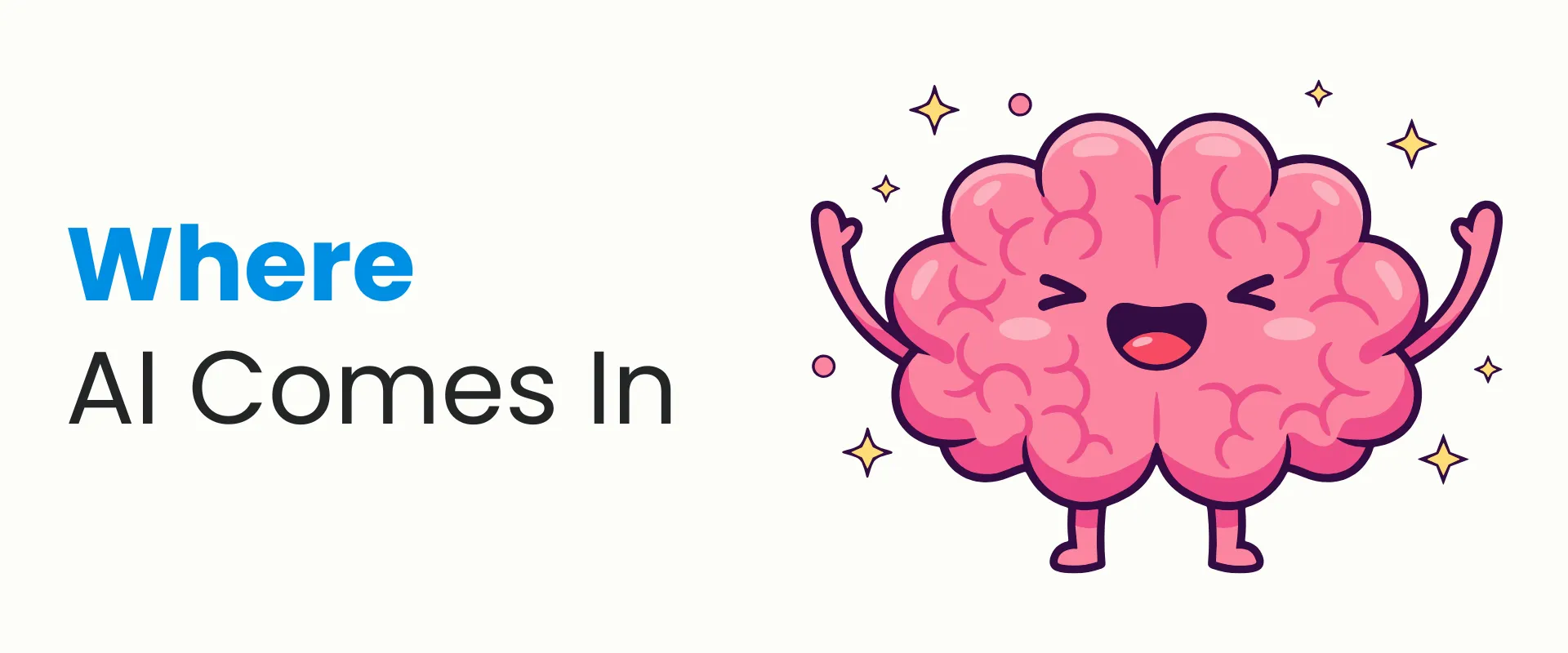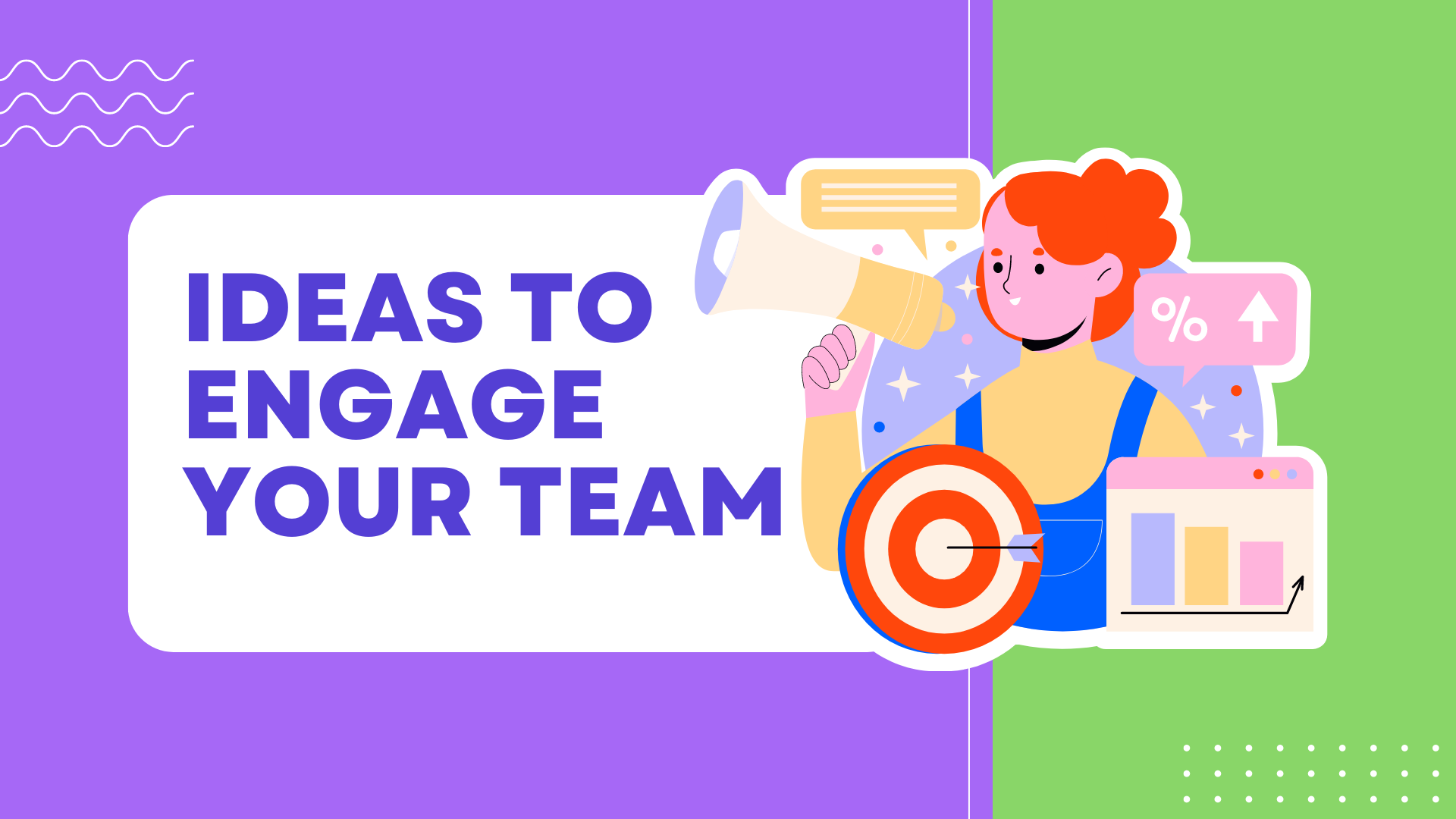Active Learning in the age of AI
Active Learning in the age of AI
Making Learning Stick: The Power of Active Recall (and How AI Helps)
Making Learning Stick: The Power of Active Recall (and How AI Helps)
Your brain already knows how to learn. AI just helps it remember better.
Why We Forget So Fast
Why We Forget So Fast
We’ve all been there. You finish a great training session, you feel confident — and a week later, most of it’s gone. The “forgetting curve” shows that without reinforcement, we can forget up to 90 percent of what we learn in a month. That’s a huge loss for both learners and organizations.
But there’s a way to fight it – active recall.
And now, with AI tools stepping in, we can make learning truly stick.
The more we recall what we’ve learned, the stronger the connections in our brain become.
How the Brain Builds Memory
How the Brain Builds Memory


Our brain doesn’t store information like a computer. It uses networks of neurons — brain cells that light up and connect when we learn something new. Every time we recall that knowledge, those connections strengthen. When we don’t, they fade.
So, learning isn’t about listening once, it’s about reactivating those neural connections repeatedly. That’s how short-term information becomes long-term skill.
What Active Recall Does
What Active Recall Does

Active recall is simple: try to remember without looking. Summarize a lesson after reading it. Review last week’s notes before starting something new. Think about what you know and what you don’t.
It feels easy, in practice it is very tough, but that’s the magic. The struggle helps the brain work harder and remember better. The concepts get rooted in the brain, nestled deeply inside other similar concepts that you know very well.
In the course of active recall, even if you get it wrong, you’re still learning. A well-known study by Cornell found that trying to recall information, even unsuccessfully, improves memory later. This lead to the evolution of the Cornell Notes-taking system.
This kind of productive struggle is called “desirable difficulty” — when learning feels a bit hard, it actually makes the memory stronger. So, don’t fear mistakes, your brain learns from them.
From Learning to Doing
From Learning to Doing
These principles don’t just apply to school or college students — they work perfectly in the workplace. Corporate learning isn’t about scoring high on a quiz. It’s about remembering and applying knowledge when it matters, while talking to a customer, repairing a product, or handling a real issue.
A 2025 study with hospital nurses showed this clearly. They used a short daily quiz app for six weeks — just two to three minutes a day. The result?
Better recall of safety procedures and higher confidence at work. Even micro-doses of active recall made a measurable difference.
Imagine the same approach applied to sales, service, or compliance training — learning that shows up when it’s needed most.
Where AI Comes In
Where AI Comes In

AI can make active recall even smarter. It tracks how you learn, spots what you’re missing, and adjusts your practice sessions. If you’ve mastered one topic but are weak on another, it shifts focus. If you’re improving, it increases the challenge.
AI also brings realism into learning. It can simulate real conversations or customer scenarios using natural language. You can practice sales calls, service interactions, or compliance checks — all in a safe space with instant feedback.
In a way, AI becomes your personal “retrieval coach.” It plans your recall sessions, gives feedback, and makes sure your learning translates into real-world performance. It’s a bridge between neuroscience and daily practice.
The Takeaway
The Takeaway
Active recall taps into how our brains are naturally wired to learn. AI takes that foundation and makes it scalable, personal, and engaging. Together, they turn learning from something that fades into something that lasts.
For today’s corporate learners, that means more confidence, stronger memory, and better performance.
So the next time you learn something new, don’t just read it — retrieve it. Your brain will thank you. And with AI by your side, remembering becomes easier, faster, and far more powerful.
Bsharp Converse : With Active Learning
Bsharp Converse : With Active Learning
Worry not that these are distant concepts or theoretical constructs. Bsharp Converse brings this science to life. It will actively ask you questions about your learnings, help you recall what you’ve just learned, and make sure it’s fixed firmly in your mind.
The future of learning isn’t passive — it’s interactive, intelligent, and deeply personal.
Coming January 1, 2026.
